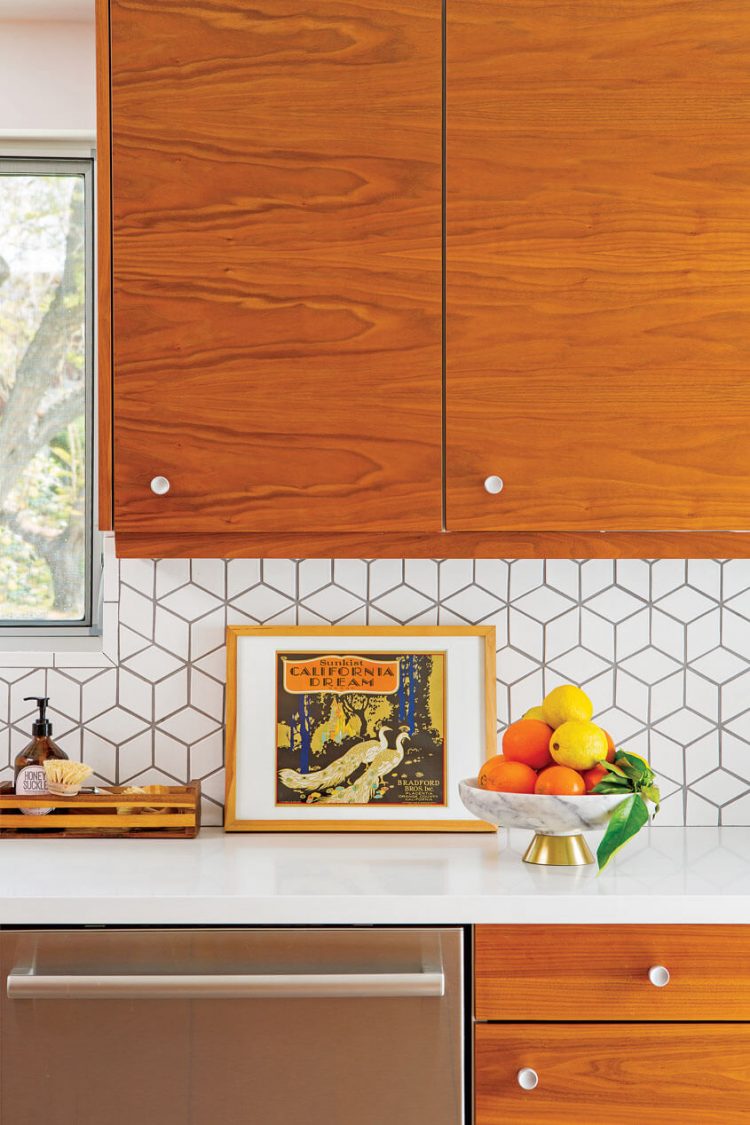
Do-it yourself enthusiasts will know how frustrating it is to clean up the dust after you have completed your project. Luckily, engineers have been working on ways to prevent this problem for years. The result is the ZipWall, a dust barrier that zips up and fits tightly around any space. Although it's quite costly, the ZipWall is a great option for DIY-lovers. Below are some useful tips for building your DIY dust barrier.
Use cardboard to seal up air ducts and registers. These are the most likely places for dust escape and can cause problems with your air filters. To prevent this, cover these areas with plastic or tape. Cover all areas of your home where dust is likely to accumulate and cause the most damage. If you need to cover an entire room with plastic, you can make a temporary one-piece wall. This will keep dust from getting into the room during construction.

For those who are more experienced, there are kits available that are already assembled and ready to use. These kits can be used to make a dust barrier by yourself, and are similar to those sold by ZipWall. A kit can include four adjustable poles, two zippers in red, plastic sheeting, and a carry bag. All of these products can be easily assembled and are relatively inexpensive.
You can also attach a sticker material to your work area to create a DIY dust barrier. These mats will stop dirt from getting out. They will also catch dirt and grit that might be tracked in. When you're done, take out the sticky sheet and put it back. A sticker mat will last for about a year. A pack of 30 sheets contains the adhesive material. It is extremely durable. The stickers can also be used to attach your company logo to the DIY dust barrier. This will make your project even more unique.
A DIY dust barrier is a great way to keep dust at bay when you are remodeling. A plastic sheeting with a zipper can be cut to a width of 10 feet. You should cut a large roll in half if you're using plastic. You can then run it horizontally along the ceiling or floor. If your plastic is thicker than the rest, you can attach it horizontally to fit around a window.

You should have enough strength to withstand large amounts of dust. It should hold the amount of dust you wish to contain. A DIY dust barrier must be strong enough to withstand heavy objects. The DIY version should also be able to withstand small amounts of dust. It is important to follow the DIY process with care. The less messy the project, the better the barrier. This includes a door kit which attaches the frame.
FAQ
Can I renovate my whole home myself?
If you can do it yourself, why pay someone else when you could save money and time?
It doesn’t matter how much DIY is your passion, sometimes it can be difficult to do the job yourself. You might not be able control many of the variables.
For example, if you live in an old home, you might find that the wiring is outdated and you would need to hire a qualified electrician to make sure that your electrical system is safe and reliable.
It is possible that your renovations might cause structural damage.
It is possible that you don't have the right tools or the knowledge to do the job correctly. For example, if your goal is to install a new sink in your kitchen, you will need to purchase a plumber’s snake, which is designed to clear blocked pipes.
You must also follow plumbing codes to ensure that a licensed plumber is working on your project.
It is important to understand your capabilities before embarking on such a large task.
If you are unsure whether you can tackle the job yourself, ask for help from friends and family members who have done similar projects before.
They can provide advice on the best steps to take and places to find more information.
Is it cheaper to build a new house or remodel an old one?
If you're thinking about building a new home, there are two options for you. Pre-built homes are another option. This home is ready for you to move into. You can also build your own home. You will need to hire a professional builder to help design and construct your dream home.
Cost of building a home is determined by how much time you spend planning and designing it. Custom homes may take more work as you'll need to complete most of it yourself. But you still have control over the materials you choose and how they are placed. It might be easier for you to find a contractor who has experience building custom homes.
A new home will usually be more expensive than a renovated home. The reason is that you'll need to pay more for the land, as well any improvements. Additionally, permits and inspections will be required. On average, the difference in price between a new and remodeled house is $10,000 to $20,000.
What is the average time it takes to renovate a house?
It all depends on the project's size and how many hours you spend each week. The average homeowner spends between three to six hours per week on the project.
How do I start a renovation of a house?
Clean out your home and get rid of all clutter. Next, you will need to eliminate mold, repair or replace any damaged walls, repaint your entire interior, and fix any leaky pipes. Final steps include cleaning up exterior surfaces and applying new paint.
Are permits required to renovate my home?
Yes. Before you start any home improvements project, permits are necessary. In most cases you will need to have a building permit along with a plumber's permit. A zoning permit is also required depending on the type and extent of work you are performing.
Statistics
- It is advisable, however, to have a contingency of 10–20 per cent to allow for the unexpected expenses that can arise when renovating older homes. (realhomes.com)
- Rather, allot 10% to 15% for a contingency fund to pay for unexpected construction issues. (kiplinger.com)
- On jumbo loans of more than $636,150, you'll be able to borrow up to 80% of the home's completed value. (kiplinger.com)
- Design-builders may ask for a down payment of up to 25% or 33% of the job cost, says the NARI. (kiplinger.com)
- Most lenders will lend you up to 75% or 80% of the appraised value of your home, but some will go higher. (kiplinger.com)
External Links
How To
Where can you find information about home improvement?
Home improvements are a great way for you to save money while also improving your home. You don't have to spend a lot of money to make your house more appealing. There are many ways to make your home more appealing without spending a lot of money, such as painting and landscaping or adding a spa. These are just a few of the many options available to you online.
The internet contains a wealth of information about home improvement projects. Many websites offer detailed instructions on how and when to do each task. You can see how your house would look after you have completed each task on many of these websites.
Professionals might also publish articles on home improvement topics. You might find a magazine article on the best paint for walls. This article can give you advice on how to choose the colors and types of paint that best match your existing decor.
There are many websites that offer tips and advice on home improvement. Websites such as Houzz.com, Pinterest.com, and Yelp.com are great places to learn about home improvement projects. Every website offers useful information about products or services that might be of interest to you.
Some websites only focus on home improvements. Lowe's.com can be used to look through its catalog of tools, materials and supplies for home improvement projects. You may also find useful information on how to choose and install window treatments.
Home improvements can be exciting, rewarding, and fun. Learn about these topics to improve your home.